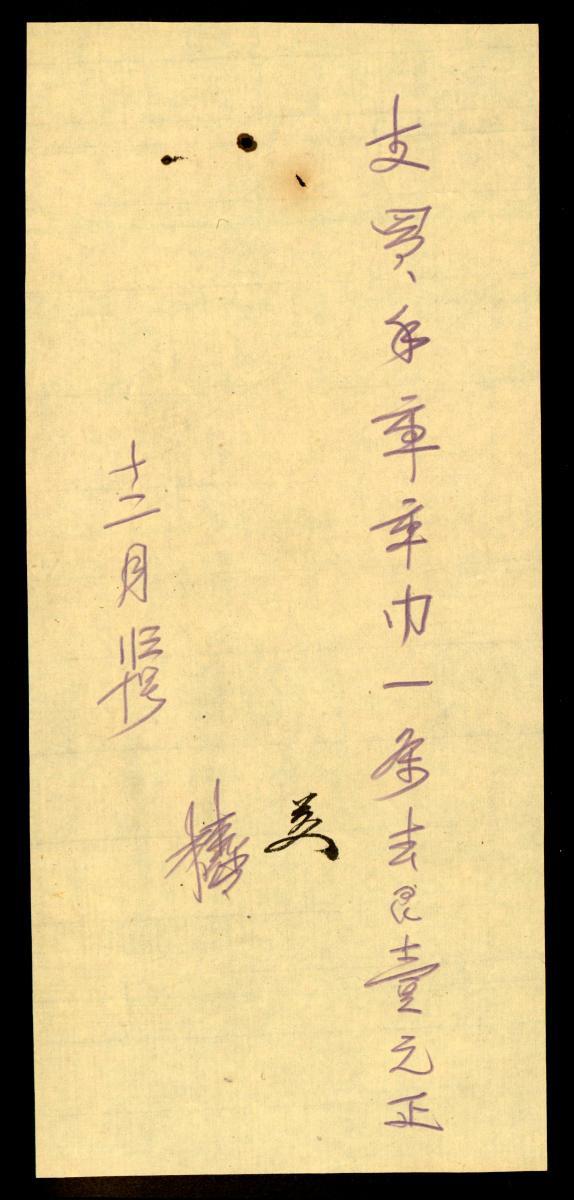The base of this ink stone has been hollowed out to reduce the overall weight of the stone. This chaoshou inkstone is plain in design but would have been appreciated for the simple elegance of its form. The sides and underside of the inkstones bear inscriptions, suggesting that the stone probably once belonged to a person named 'Yu Xi Sheng' and also in the collection of a studio named 'En Fu Tang'. The chaoshou (meaning, literally, ‘inserting the hand’) type of ink stones came into vogue during the Song (960-1127) period.The inkstone has been an essential item used, admired and collected by the Chinese literati. The inkstone together with the brush, paper and ink stick were perceived as the 'Four Treasures of the Scholar's Studio'. Inkstones made from the purplish Duan stone are especially highly regarded. The Chinese literati rank them as the best of all inkstones. Aesthetically pleasing and effective, Duan inkstones were smooth to the touch while providing an excellent surface for grinding ink.















